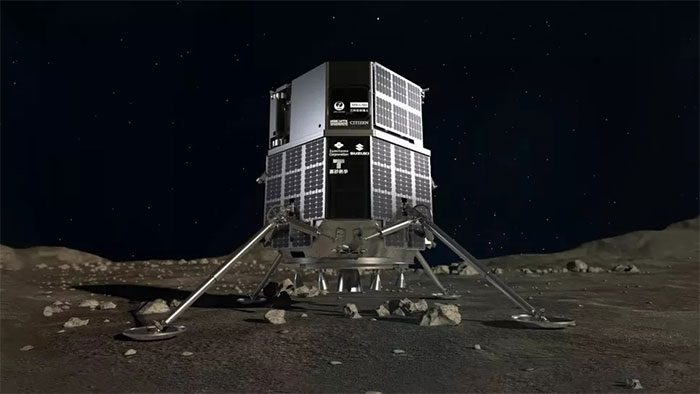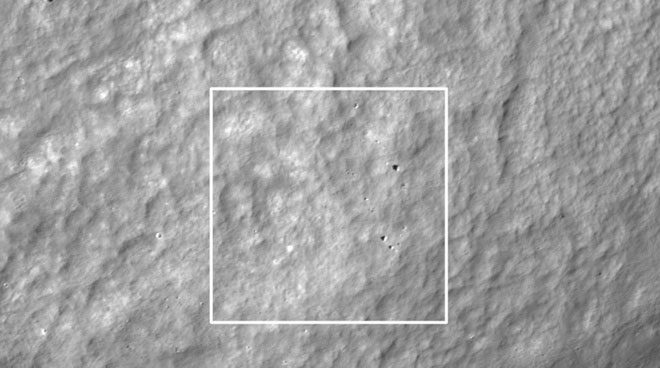If the incident had not occurred, Hakuto-R would have been the first privately produced lander to successfully touch down on the Moon.
The Hakuto-R lunar lander, developed by the Japanese company Ispace, fell during its landing attempt on April 25 due to software issues.

Illustration of the Hakuto-R lander on the Moon. (Image: Ispace).
According to a representative from Ispace, the lander’s altitude sensor was confused by a crater rim on the Moon. This unexpected terrain feature caused the onboard computer to believe its altitude measurements were inaccurate, instead relying on an estimate based on expected height. Consequently, the computer assumed Hakuto-R was at a lower position than it actually was, leading to the free-fall incident.
“Even though the lander was still 5 kilometers above the Moon’s surface, it reported its altitude as zero. Once it reached the scheduled landing time, the controlled descent process halted, causing it to free-fall to the Moon,” Ispace stated.
Ispace noted that insufficient consideration of the surrounding terrain at the landing site contributed to the incident, partly due to the landing site changing a few months before the mission.
The Hakuto-R lander was launched in December 2022 aboard a SpaceX Falcon 9 rocket. It was scheduled to land on April 26 at the 87-kilometer-wide Atlas crater, located in the Mare Frigoris region of the Moon.
Earlier this week, NASA’s Lunar Reconnaissance Orbiter discovered debris from Hakuto-R near the expected landing site.
If the incident had not occurred, Hakuto-R would have been the first privately produced lander to successfully land on the Moon. To date, only NASA, China, and Russia have successfully landed spacecraft on the Moon.

Impact location of the Hakuto-R lander recorded by NASA’s Lunar Reconnaissance Orbiter. (Image: NASA/GSFC/Arizona State University).
Ispace emphasized that the lander successfully completed 8 out of 9 critical missions and only failed during the final phase of the landing process. A company representative stated that this incident will not affect the launch plans for Ispace’s second and third missions, which are set to take place in 2024 and 2025, respectively.
Since the error originated from a software issue, future missions will not require hardware redesign.
“We have identified the issue during the landing process and have found methods to improve future missions,” said Takeshi Hakamada, founder and CEO of Ispace.




















































